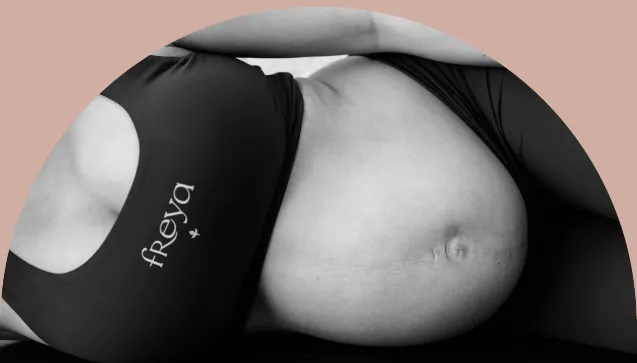Many pregnant women feel unsure about what to do as they get closer to giving birth. It's a time of many changes, but you don’t have to go through it alone! Pelvic floor physical therapists (PTs) can help you feel prepared and confident during pregnancy, birth, and recovery after birth. Here’s how working with a pelvic PT can help:
Relaxing Your Pelvic Floor Muscles
You might think that having strong pelvic muscles is the most important thing for giving birth. Actually, it’s more important that these muscles can relax to let your baby come through. Instead of doing Kegels, which tighten the muscles, try these relaxation exercises:
- Diaphragmatic Breathing: Sit or lie down in a comfortable position. Put one hand on your chest and one on your belly. Breathe in slowly, letting your belly fill with air. Imagine the air going down to your pelvis and your pelvic muscles relaxing. Breathe out slowly and let everything relax.
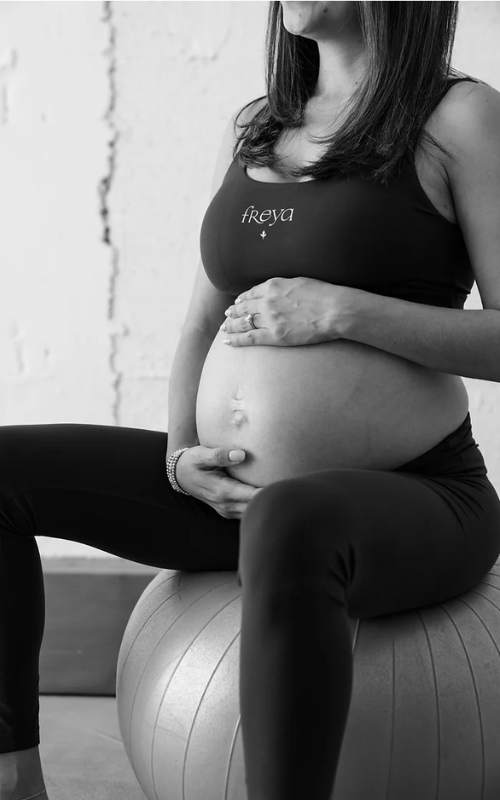
- Happy Baby Pose with Breathing: Lie on your back and hold your ankles or behind your knees. Practice the same breathing as above.
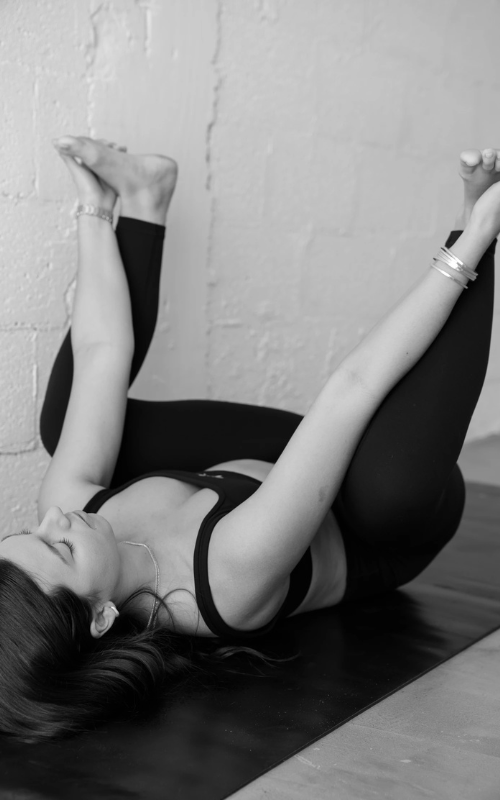
- Child's Pose with Breathing: Get into child’s pose and use a pillow or ball under your upper body. Practice the same breathing as above.
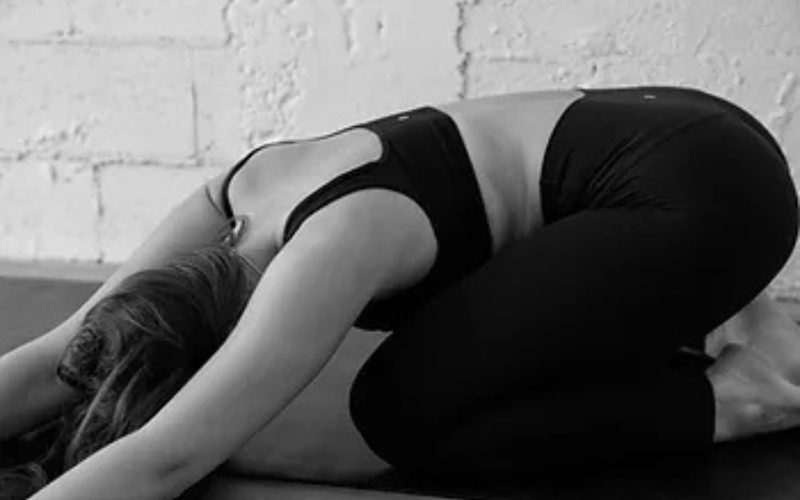
- Improving Pelvic Mobility for Smoother Labor and Delivery: During labor, your pelvis needs to move in different ways to help your baby come out. We can work with you to make sure your pelvis can move easily. Here’s how:
- Early Labor: The top of your pelvis (pelvic inlet) and the middle part (midpelvis) need to open to help your baby move down.
- Pelvic Inlet: Open this part by turning your hips out and tucking your butt under (knees out, ankles in).
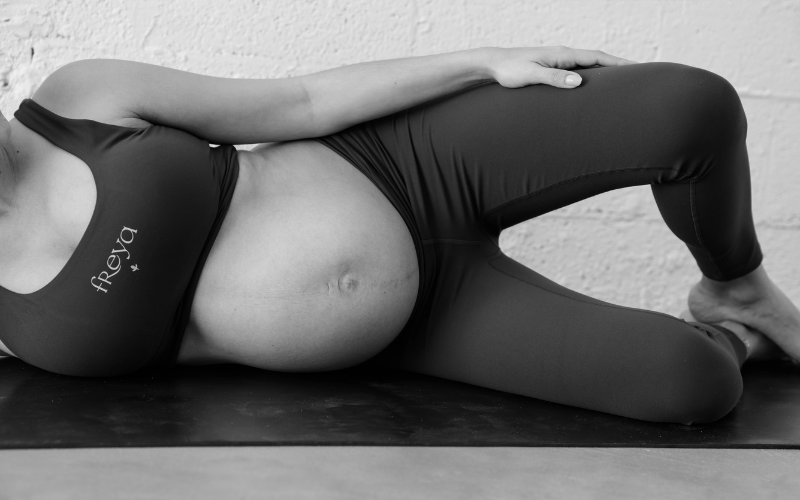
- Midpelvis: Open this part by doing uneven movements like moving sideways.
- Active Labor (Pushing Phase): The bottom of your pelvis (pelvic outlet) needs to open to let your baby out.
- Pelvic Outlet: Open this part by turning your hips in and sticking your butt out (knees in, ankles out).
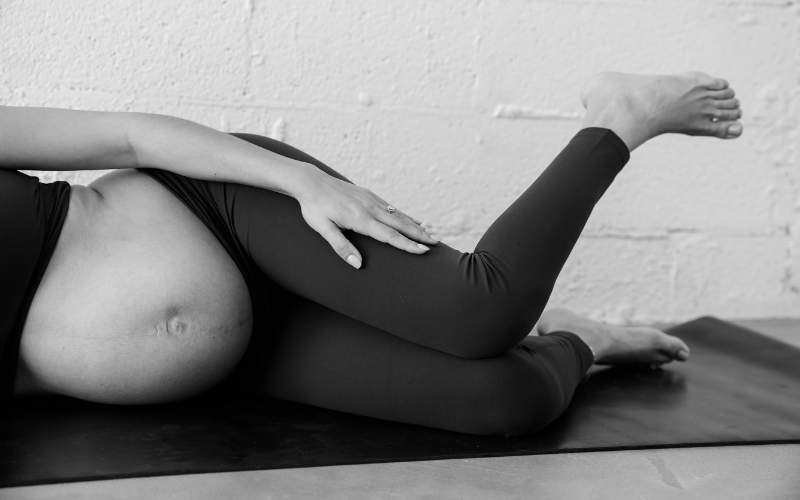
Practicing Pushing
Every birth is different, but knowing different ways to push can help you feel ready. Talk to your healthcare team about what you prefer and practice different techniques with your pelvic PT.
Pelvic Floor Muscle & Perineal Massage
Starting between weeks 33 and 35, you can massage the muscles of your pelvic floor & the area between your vagina and anus to help prevent tears during birth. For more details on this check out our step by step guide. Do this up to 5 times a week. If it hurts, see a pelvic PT for help.
Other Ways Pelvic PT Can Help During Pregnancy
- Modify exercises to keep you fit and strong
- Treat pain and symptoms early
- Help prevent urinary leaks during and after pregnancy
- Reduce the chances of your belly muscles separating after birth (diastasis recti)
- Plan for recovery and getting back to exercise after birth
If you have any pain or concerns during pregnancy, get help early. We recommend starting in your first trimester. A pelvic PT can create a plan just for you to keep you comfortable and healthy throughout your pregnancy and after.
You Can Read the Original Article Here: https://www.freyawellnessco.com/post/how-pelvic-pt-can-help-you-feel-ready-and-confident-for-birth
